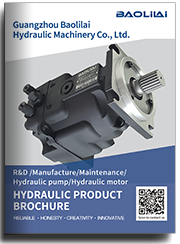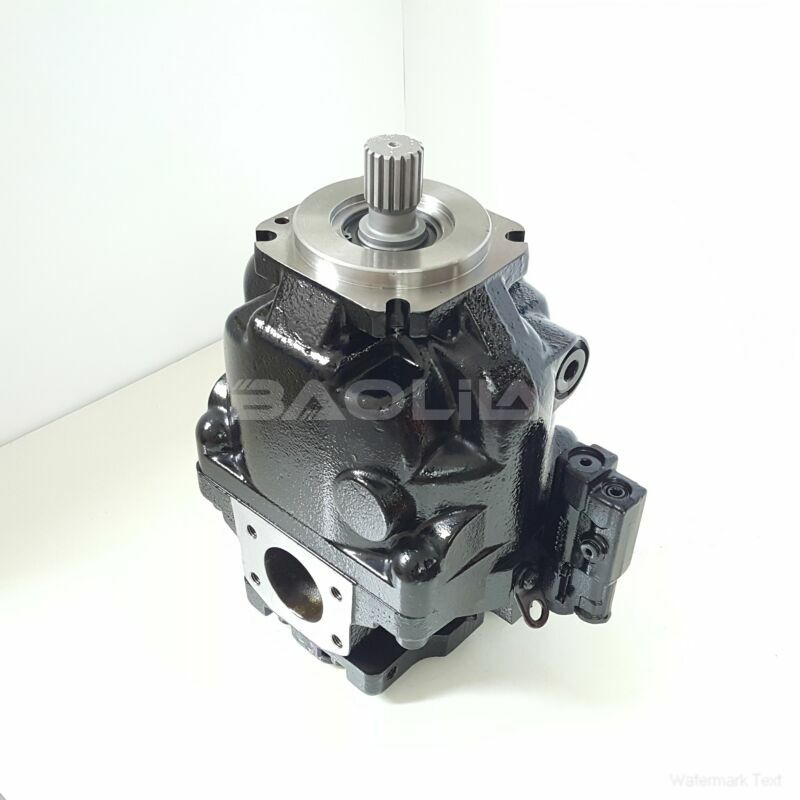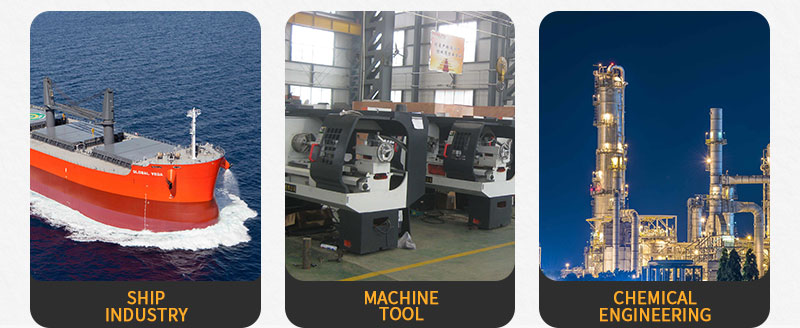ERR130BLS2125NNN3S1NPA1NNNNNNNNNN piston pump
ERR130BLS2125NNN3S1NPA1NNNNNNNNNN piston pump

- Product Details
- Applicable Scene
Hydraulic systems are integral to the operation of heavy-duty equipment, facilitating the transfer and control of power through fluids. A common issue that can drastically affect performance is pressure loss in the hydraulic pump. Identifying and resolving the causes of this pressure loss is essential to maintaining operational efficiency and preventing extensive equipment damage. Here’s a comprehensive guide on how to troubleshoot hydraulic pump pressure loss.
ER-R-130B-LS-21-25-NN-N-3-S1NP-A1N-NNN-NNN-NNN
ERR130BLS2125NNN3S1NPA1NNNNNNNNNN
Understanding the Basics of Hydraulic Pumps

83001279
Before diving into troubleshooting, it’s imperative to understand how hydraulic pumps function. They work by converting mechanical energy into hydraulic energy, allowing fluid to be pressurized and moved through a system. The efficiency of this process is dependent on several factors, including the condition of the pump, the fluid quality, and the integrity of the hydraulic system.
Step 1: Check the Fluid Level and Quality
The first step in troubleshooting pressure loss is to inspect the hydraulic fluid level. Low fluid levels can lead to cavitation, reducing pump efficiency and causing pressure drops. Ensure that the fluid is at the appropriate level as indicated by the equipment’s specifications.
Additionally, evaluate the quality of the hydraulic fluid. Contaminated or degraded fluid can cause significant issues within the system, including wear on components and blockage of filters. If the fluid appears dirty or has an unusual odor, consider replacing it.
Step 2: Inspect Filters and Strainers
Clogged filters and strainers can lead to restricted fluid flow, resulting in pressure loss. Examine all filters in the hydraulic system, including those in the pump’s suction line and in-line filters. Clean or replace any filters that are blocked or dirty. It is crucial to follow the manufacturer’s guidelines regarding filter maintenance to avoid future pressure issues.
Step 3: Examine Hydraulic Hoses and Fittings
Worn or damaged hoses and fittings can lead to leaks, which will decrease the pressure within the hydraulic system. Perform a thorough visual inspection of all hydraulic hoses and connections for signs of wear, bulges, or leaks. Pay close attention to areas where hoses are bent or might be pinched, as these can restrict flow.
If you find any compromised hoses or fittings, they should be replaced immediately to restore proper system pressure.





